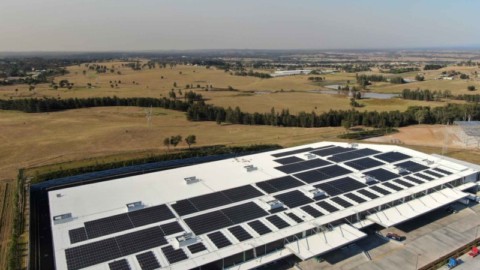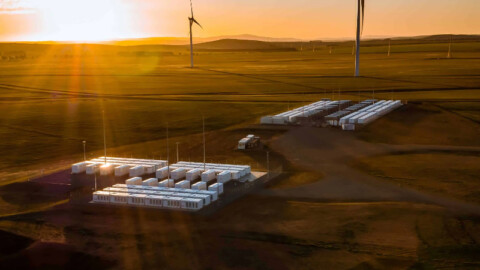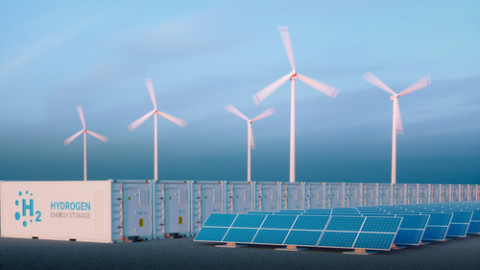Research on an experimental carbon-neutral ‘proton battery’ is underway and could replace lithium-ion batteries.
RMIT is embarking on the two-year research collaboration with Italian-based international automotive component supplier, Eldor Corporation, which will include developing and prototyping the experimental battery that could one day be developed to power homes, vehicles and devices.
The battery uses a carbon electrode to store hydrogen that has been split from water, and then works as a hydrogen fuel cell to produce electricity. RMIT University has patented the latest developments in this technology internationally.
RMIT has been collaborating with Eldor over the past five years on the same technology.
Lead researcher from RMIT’s School of Engineering, Professor John Andrews, said recent design improvements to their proton battery meant it was becoming competitive as a carbon-neutral alternative to lithium-ion batteries.
“As the world shifts to intermittent renewable energy to achieve net zero greenhouse emissions, additional storage options that are efficient, cheap, safe and have secure supply chains will be in high demand,” Prof Andrews said.
“That’s where this proton battery – which is a very equitable and safe technology – could have real value and why we are keen to continue developing it into a viable commercial alternative.
“There are also no end-of-life environmental challenges with a proton battery, since all components and materials can be rejuvenated, reused or recycled.”
What has the RMIT team achieved with their latest battery?
The team has demonstrated the proton battery as a working device that can power several small fans and a light for several minutes.
Prof Andrews said their latest battery’s storage capacity of 2.2 per cent by weight of hydrogen in its carbon electrode was nearly three times that of their 2018 prototype, and more than double other reported electrochemical hydrogen storage systems.
“Our battery has an energy-per-unit mass already comparable with commercially-available lithium-ion batteries, while being much safer and better for the planet in terms of taking less resources out of the ground,” Prof Andrews said.
“Our battery is also potentially capable of very fast charging.
“The main resource used in our proton battery is carbon, which is abundant, available in all countries and cheap compared to the resources needed for other types of rechargeable battery such as lithium, cobalt and vanadium.”
The planet’s supply of lithium is concentrated in just a few countries, while other metals such as cobalt that go into lithium batteries are becoming increasingly scarce and costly.
The recent performance gains have been achieved by design changes that enhance electrochemical reactions in the battery.
How does the proton battery work?
During charging, the RMIT proton battery splits water molecules to generate protons, which bond to a carbon electrode.
Prof Andrews said the proton battery avoids the energy-wasting steps of storing hydrogen gas at high pressure, and then splitting these gas molecules again in fuel cells.
“When discharging, protons are released again from the carbon electrode and pass through a membrane to combine with oxygen from the air to form water – this is the reaction that generates power.
“Our proton battery has much lower losses than conventional hydrogen systems, making it directly comparable to lithium-ion batteries in terms of energy efficiency.”
What are the next steps?
“We are looking forward to developing this technology further in Melbourne and Italy, in partnership with Eldor Corporation, to produce a prototype battery with a storage capacity that meets the needs of a range of domestic and commercial applications,” Prof Andrews said.
“The aim of this collaboration is to scale up the system from the watt to the kilowatt and ultimately to the megawatt scale.”
Featured image: Shahin Heidari (left) and Seyed Niya (right) with the proton battery operating two small fans in the RMIT lab. Image credit: RMIT University.

















Lithium batteries have no end-of-life issue, recycling can be done to around 98% of lithium batteries.